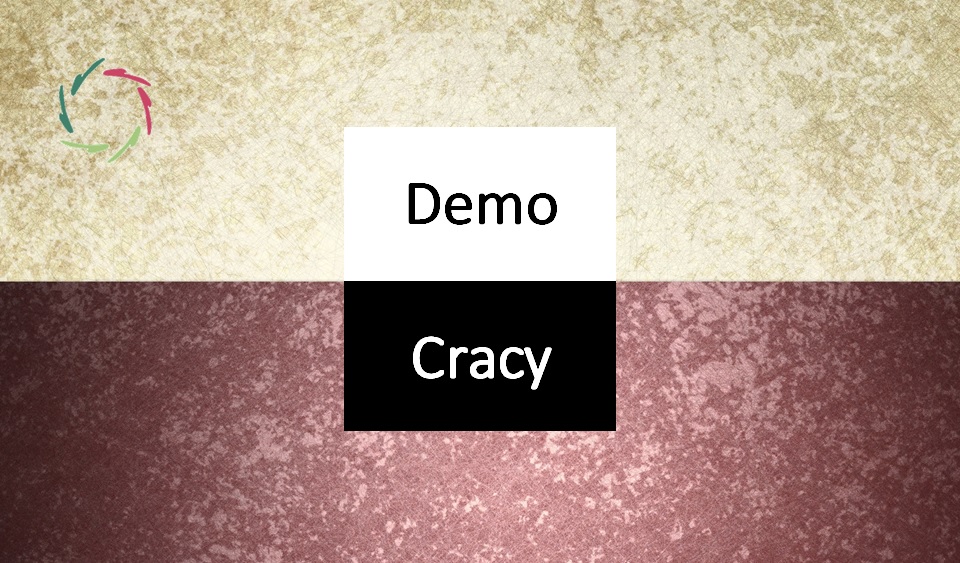Societal Inner Dissociation (SID)

SID refers to a fundamental disconnect within a society where the deeper, non-conscious layers of collective values, emotions, and identities are fragmented and out of sync with the overt, surface-level actions and structures of that society.
This is the primary blog of a series about societal inner dissociation (SID). It introduces the concept of SID and sets the stage for the rest of the series, which will explore specific aspects of SID in more detail and delve into how it influences many of the challenges we face today ― including the implications of emerging technologies like artificial intelligence. For a list of the series, click here: *SID*.
Lisa will also use this series as a background for understanding societal issues while coaching – hopefully – many people.
Present-day societies face numerous seemingly insurmountable challenges.
These go from political polarization and economic instability to mental health crises and environmental degradation. They often seem disconnected, each with its own set of causes and solutions.
However, beneath the surface, there may be a deeper, more pervasive issue at play — Societal Inner Dissociation (SID). This blog explores what SID is, how it manifests, and why it is crucial to understand it if we are to address the root causes of many societal problems.
Understanding SID
Societal Inner Dissociation is not a term or even a concept you’ll find in everyday conversations – or any other conversation – but it describes a phenomenon that affects all of us. Just as individuals can experience inner dissociation – a split between their conscious thoughts and deeper non-conscious drives – so too can societies.
SID occurs when a society’s outward actions, policies, and cultural expressions become increasingly disconnected from the deeper, often unspoken, values and emotions that reside in the collective non-conscious.
At its core, SID is about fragmentation.
In a healthy society, there is a degree of coherence between what people consciously believe and value and what they non-consciously feel and need.
However, when this coherence breaks down, societal actions become superficial, reactive, and often at odds with the deeper undercurrents that drive collective behavior. This dissociation can lead to a host of issues, from the rise of extremist ideologies to widespread feelings of alienation and disconnection among the populace.
SID is not a new phenomenon.
Throughout history, societies have experienced periods of profound inner dissociation, often during times of rapid change. For example, the fall of the Roman Empire can be partly attributed to a deepening dissociation between the empire’s outward expansionist policies and the erosion of its foundational values.
More recently, the rise of totalitarian regimes in the 20th century can be seen as an extreme manifestation of SID, where societies, driven by fear and fragmentation, turned to authoritarian leaders who promised to restore a sense of order and unity — often at great human cost.
In today’s world, we see signs of SID in various forms.
Political polarization, where societies split into opposing camps that can no longer communicate or compromise, is one clear example.
The growing disconnect between political leaders and the people they represent, economic systems that prioritize short-term gains over long-term well-being, and the rise of populist movements that feed on societal fears — all point to a deep-seated dissociation within modern societies.
SID is driven by complex psychological and social dynamics.
On a psychological level, SID often begins with individual inner dissociation. When people are disconnected from their own deeper selves – from their emotions, values, and true desires – they are more likely to project these unresolved inner conflicts onto society at large.
This projection can manifest as fear, distrust, or hostility towards others, particularly those who are perceived as different or threatening.
Socially, SID is exacerbated by several ongoing factors.
Some of these are rapid technological change, increasing societal complexity, and the erosion of traditional community structures.
As societies become more complex and fast-paced, individuals often feel overwhelmed and disconnected from the deeper, more meaningful rhythms of life. This disconnection fuels SID, as people struggle to find coherence and meaning in a world that seems increasingly fragmented and chaotic.
By recognizing SID as a root cause, we can begin to address problems at their source rather than merely treating symptoms.
For example, addressing SID might involve fostering deeper dialogue and understanding between different social groups, promoting leadership that is deeply connected to both conscious and non-conscious societal values, and encouraging individual self-awareness and integration.
SID also offers a framework for understanding why certain societal solutions fail. When policies or initiatives are designed without considering the deeper, non-conscious dynamics at play, they often miss the mark, leading to further dissociation and dysfunction.
The way out
By contrast, approaches that take SID into account – by addressing both the conscious and non-conscious layers of society – are more likely to succeed in creating lasting positive change.
This way, we can work towards creating a more cohesive, resilient, and Compassionate world.


